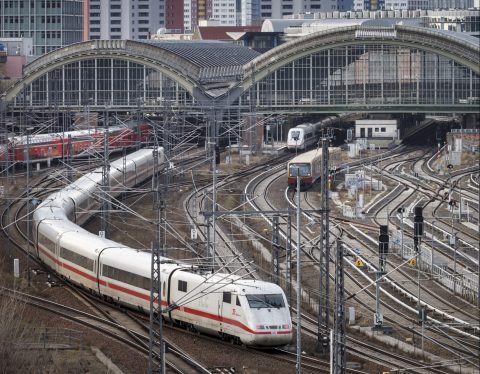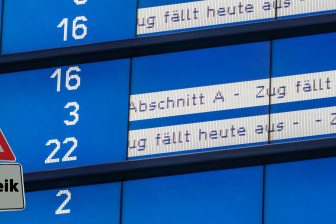
Travel time Amsterdam-Berlin will be shortened on both sides
ICE train Berlin, image: Deutsche Bahn
Germany wants to further shorten the travel time between Amsterdam and Berlin to 5 hours and 23 minutes by 2030. Dutch State Secretary Stientje van Veldhoven confirms and reacted to this in response to questions from the Dutch parliament about the German plan. For a connection between the two major capitals, the current journey time of 6 hours and 20 minutes has been seen as a shortcoming for a long time.
Want to read more?
You have read all of your free premium articles for this month. Please become a subscriber to keep reading.
Subscribe now!
Take advantage of our exclusive offer to get full access to all premium content.




Reports full of factual information – relevant and still highly readable. many thanks Railtech.